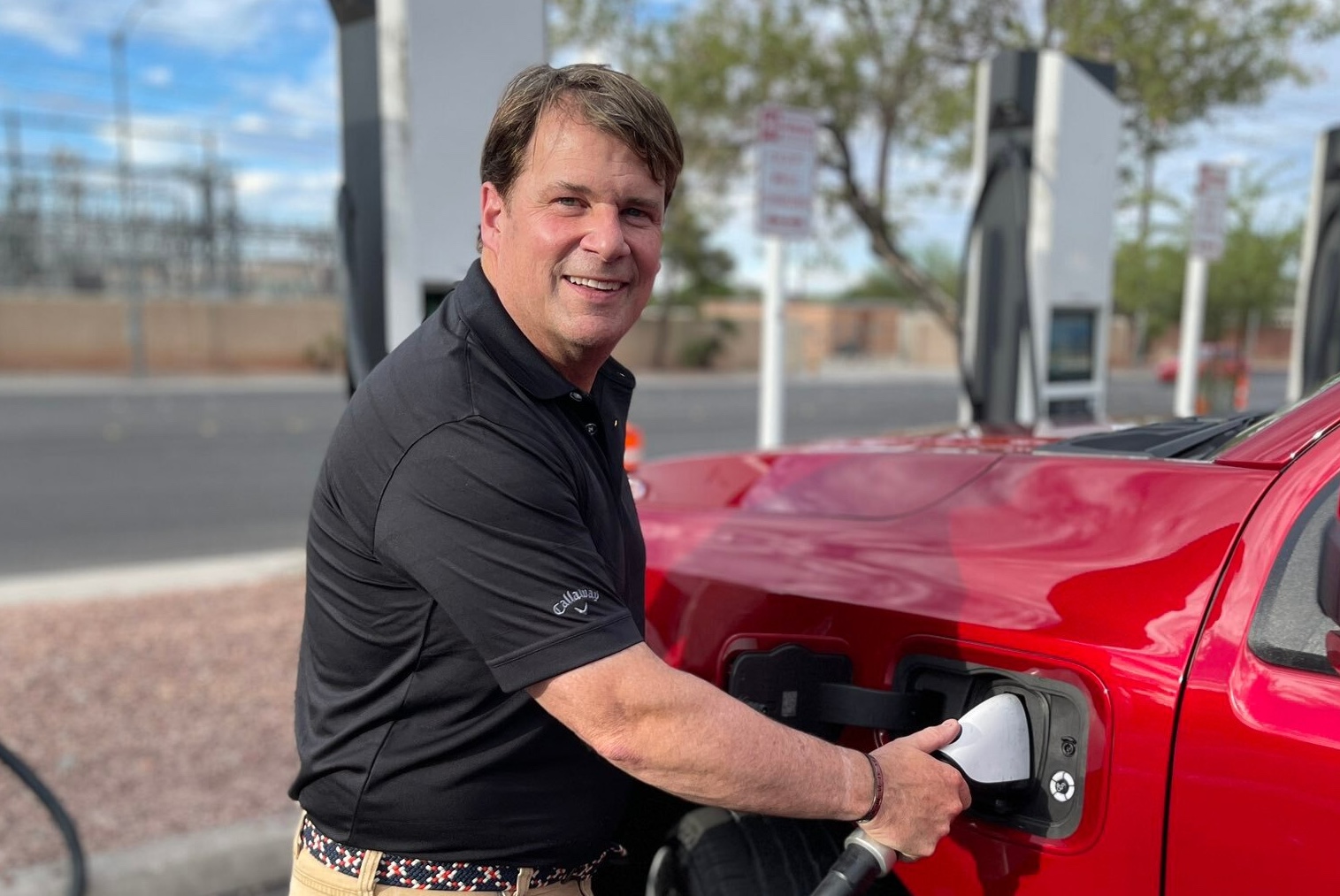- Joined
- Jul 10, 2008
- Messages
- 66,163
- Points
- 113
So Elon was right after all?
June 28, 2025

Ford CEO Jim Farley shared some skepticism about Tesla’s camera-only approach to self-driving during a recent appearance at the Aspen Ideas Festival. When asked to compare Waymo and Tesla’s autonomous driving systems, Farley stated that Waymo’s LiDAR-based approach made “more sense,” citing safety, consumer trust, and the limitations of camera-based models.
“To us, Waymo,” Farley said, though he also stated that both Tesla and Waymo have “ made a lot of of progress” on self-driving, as noted in a Fortune report. He also confirmed that he has had conversations about the matter with Tesla CEO Elon Musk. Despite this, he said that Ford still considers LiDAR as a pivotal part of autonomous driving.
“When you have a brand like Ford, when there’s a new technology, you have to be really careful. We really believe that LiDAR is mission critical… Where the camera will be completely blinded, the LiDAR system will see exactly what’s in front of you,” the Ford CEO stated.
Ford, for his part, is not pursuing its own fully autonomous, urban-driving system anymore. Instead, the company is focusing on “high-speed, eyes-off” experiences like BlueCruise. Ford does plan to partner with a company that has achieved true autonomous driving in the future, as soon as the technology is available.

TESLARATI
Ford CEO favors Waymo’s LiDAR approach over Tesla’s vision-only self-drivingJune 28, 2025

Ford CEO Jim Farley shared some skepticism about Tesla’s camera-only approach to self-driving during a recent appearance at the Aspen Ideas Festival. When asked to compare Waymo and Tesla’s autonomous driving systems, Farley stated that Waymo’s LiDAR-based approach made “more sense,” citing safety, consumer trust, and the limitations of camera-based models.
Waymo’s LiDAR vs. Tesla’s Vision-Only Approach
Farley was speaking with author Walter Isaacson when he made his comments about Tesla and Waymo’s self-driving systems. As they were conversing about autonomous cars, Isaacson asked Farley which approach to self-driving he preferred.“To us, Waymo,” Farley said, though he also stated that both Tesla and Waymo have “ made a lot of of progress” on self-driving, as noted in a Fortune report. He also confirmed that he has had conversations about the matter with Tesla CEO Elon Musk. Despite this, he said that Ford still considers LiDAR as a pivotal part of autonomous driving.
“When you have a brand like Ford, when there’s a new technology, you have to be really careful. We really believe that LiDAR is mission critical… Where the camera will be completely blinded, the LiDAR system will see exactly what’s in front of you,” the Ford CEO stated.
Tesla and Ford’s self-driving plans
Tesla recently launched a limited Robotaxi service in Austin, which uses autonomous cars with safety monitors in the front passenger seat. While controversial, Musk has maintained that Tesla’s vision-only approach will ultimately prove safer and more cost-effective in the long term. Tesla seems to be making headway towards this goal, with Musk stating recently that the first Model Y has been delivered autonomously to a customer in Austin.Ford, for his part, is not pursuing its own fully autonomous, urban-driving system anymore. Instead, the company is focusing on “high-speed, eyes-off” experiences like BlueCruise. Ford does plan to partner with a company that has achieved true autonomous driving in the future, as soon as the technology is available.

